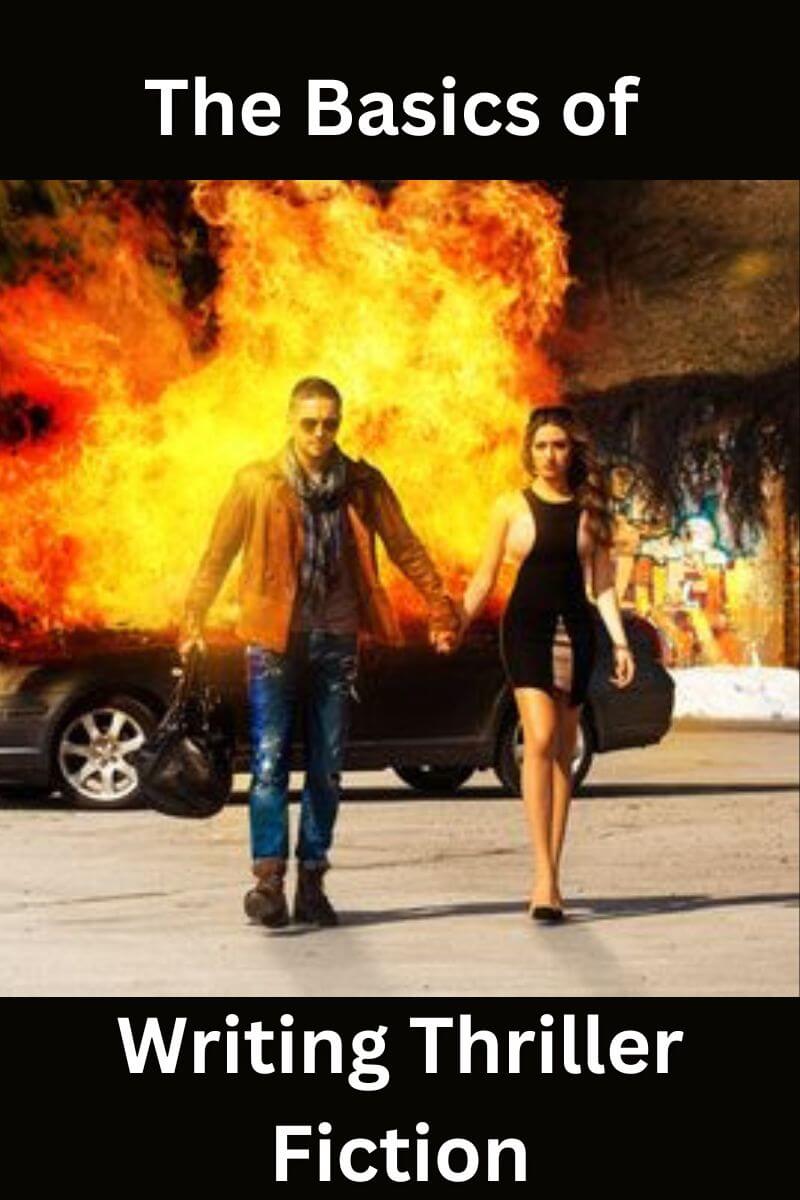Story Structure
by Anonymous
(St. Louis, MO)
Question: Hey I was wondering your opinion on the snowflake method and what it entails?
Answer: The snowflake method is essentially a brainstorming technique that has you start with a basic story idea and then add increasing amounts of detail to it, organized by different stages, until you have a complete outline.
Unlike with Dramatica, there is no underlying theory of how stories work or what a story structure should look like, other than the writer's own sense of what feels right as one moves to increasing levels of detail.
However, if theory is not your thing, you may appreciate how this approach invites you to make whatever choices you want, with no right or wrong answers (just consistent/inconsistent ones).
A similar method is Melanie Anne Phillips's Storyweaver, which is a software program that works much the same way - getting you to start with a little idea and gradually build a story in layers with no direct reference to theory.
The only drawback to these methods is that they attempt to impose some structure on the brainstorming process. They ask you to do things in a certain order, which may not be the order you want to do them. You may want to follow your own path when brainstorming.
(My other criticism of Randy Ingermanson, who writes about the snowflake method, is that he recommends you sell a novel based on a proposal only before you write the complete manuscript. Few publishers will pay a beginning writer for a novel that hasn't been written, because beginning novelists have a tendency to never finish their manuscripts and just pocket the money. Novels are hard to finish, so only writers with a track record of success can sell books they haven't finished.)
An alternative approach (also suggested by Melanie) is to take your initial idea and brainstorm a list of questions about it. Any questions will do.
Next, for each question, brainstorm a list of possible answers.
Choose the answers you like, and then rewrite the original idea incorporating the new material you've developed.
Repeat this process a number of times until you have a lengthy outline.
Regardless which method of brainstorming you choose, at some point it is helpful to apply story theory to what you have created, to make sure the story hangs together and is complete. You can do this at the outline stage (if you are a plotter) or even after writing the first draft (if you are more of a pantser).
- Home
- Plot Questions
- Story Structure











